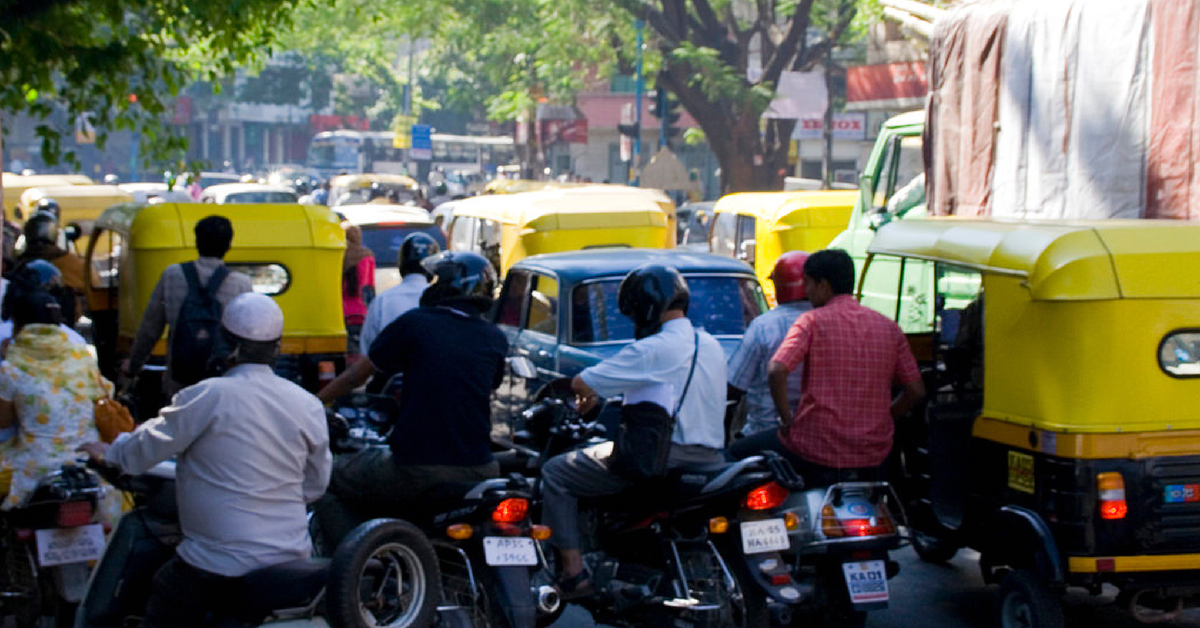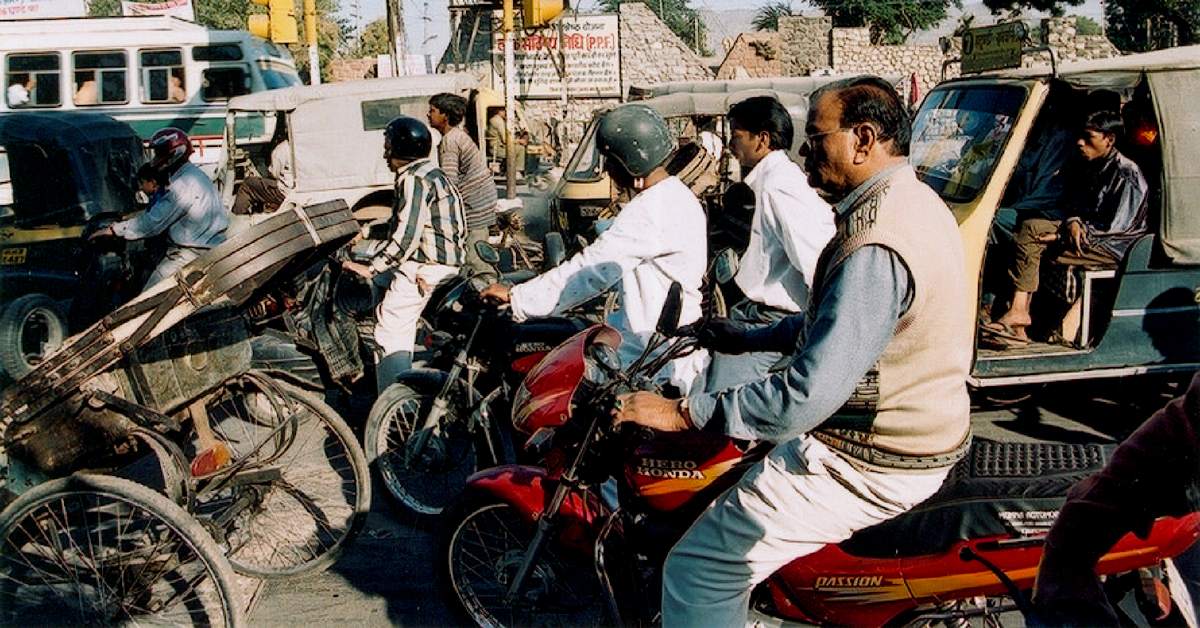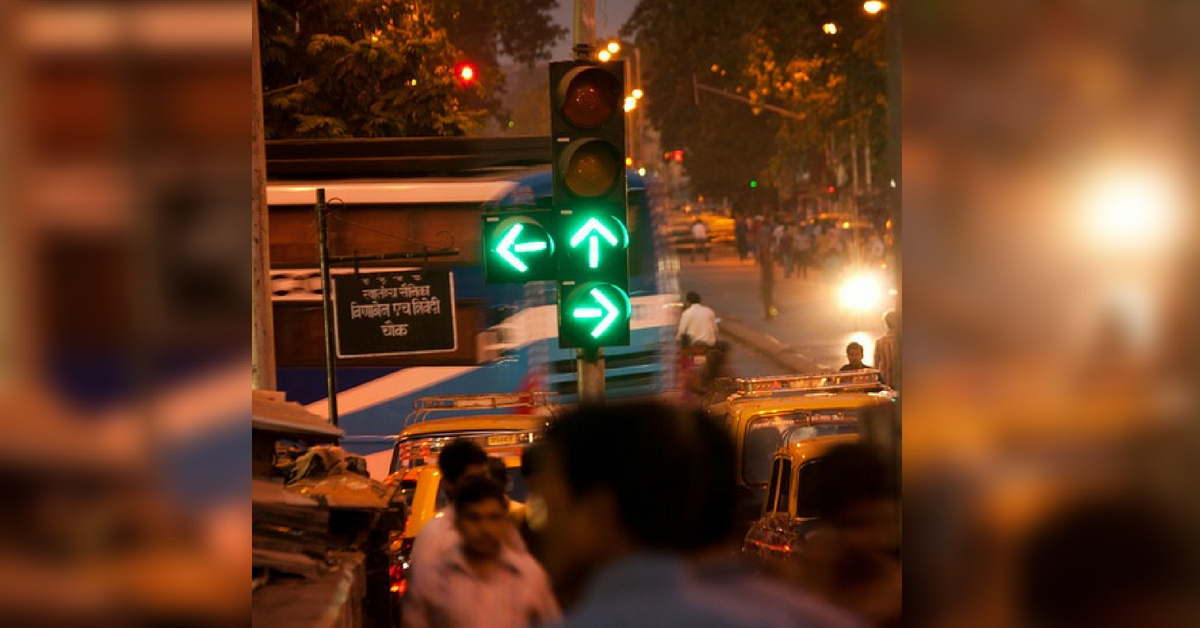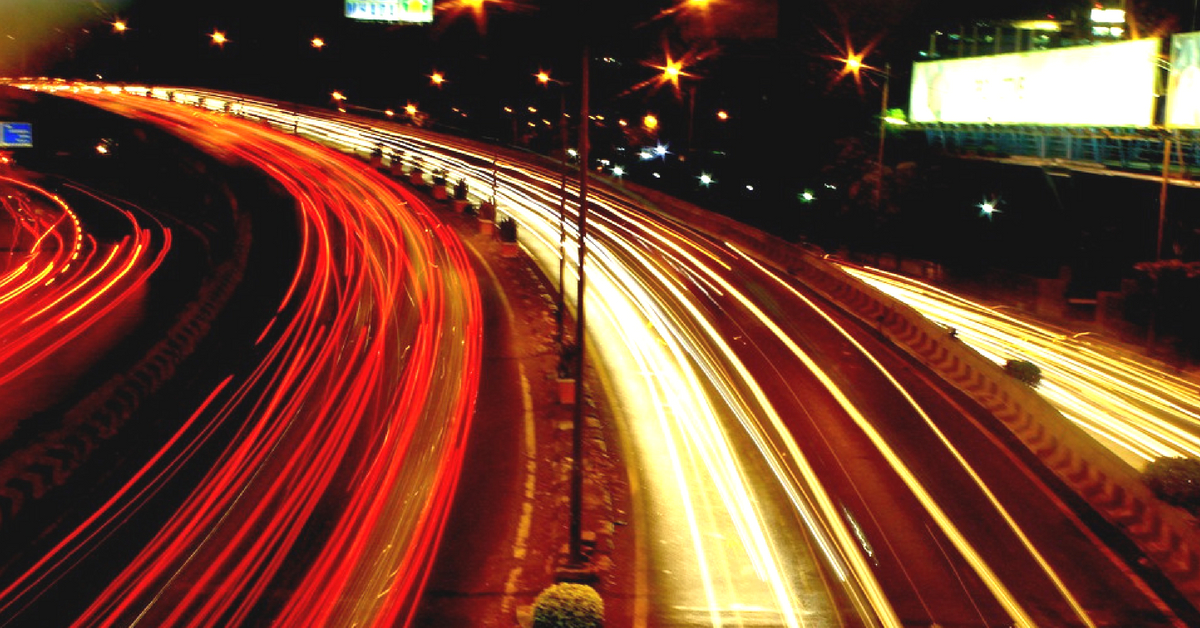Japan to Install Smart Signals in Bengaluru, to Cut Waiting Time by 30%!
With the Japanese technology, signals will automatically change according to the number of vehicles along the road in a particular junction.

Bengaluru, a city which is quite infamous for its incredibly slow-moving traffic, is all set to heave a sigh of relief, all thanks to Japan.
The Japan International Cooperation Agency (JICA) is planning to invest about Rs 72 crore in Bengaluru to reduce the waiting time at signals by 30 per cent! Soon, waiting in half a kilometre long queues at signals might just be a thing of the past.
JICA has helped several countries in Southeast Asia, including Cambodia, Myanmar and Thailand to ease their traffic woes. But for the first time, they are bringing their Management by Origin-Destination Related Adaption for Traffic Organisation (MODERATO) system outside Japan and straight into India.
Murali Krishna who works as a Special Officer at the Directorate of Urban Land Transport (DULT) told Bangalore Mirror, “Currently, the traffic signals installed along the roads [have] a fixed signal timer irrespective of the number of vehicles along the roads.
But with the Japanese technology, signals will automatically change according to the number of vehicles along the road in a particular junction.

For example, if there is less number of vehicles on one side and more on the other side of the road, the signal will automatically give more signal time for the road that has more vehicles and less signal timing for the road that has less number of vehicles.”
DULT has already identified 29 junctions on MG road and Hosur road in Bengaluru to kick-start the project. They plan to coordinate signals and factor in pedestrian crossings too. The system will provide signal-less green corridors to motorists at three stretches.
DULT will be the intermediary agency helping the Japanese company that gets the tender in September 2019. It includes the following four components:

1. The Bengaluru Traffic Information Centre (B-TIC) that will serve as the central nervous system.
2. A GPS probe system for BMTC buses, taxis etc. which will give information to the above about vehicle location and speed etc.
3. Queue length measurement sensors (QMS) that will analyse the traffic.
4. Automatic traffic counters and classifiers to inform B-TIC about the nature of traffic.
Another official from DULT told BM, “We will install the QMS along 82 junctions where it will also have the CCTV camera installed.
The QMS will measure the length and size of the vehicles, and it will analyse the exact number and type of vehicles.

We will install these sensors for every 50, 100 and 150 meters distance of the roads so that it can analyse the actual traffic congestion and it will update the integrated traffic management centre (BBMP, BMTC and Traffic Police).
Along with this, we will also install Variable Message Signs in the Silk Board junction, KR Puram bridge and Trinity Metro station where they will give a heads-up display of traffic congestion and estimated travelling time for certain destinations.
You may also like: Wait No More: Bengaluru Gives Go-Ahead To Signals That Adapt To Traffic!
It will be based on real-time inputs received at the traffic management centre. Currently, both the BMTC and traffic police have their traffic management systems, but this one will be an integrated traffic management centre that will ease congestion in the city.”
The tenders will be set open for bidding in September 2018, and only Japanese companies can contest them. Authorities are hoping that the project will be finished by December 2019.
(Edited by Gayatri Mishra)
Feature image source: Flickr.
Like this story? Or have something to share?
Write to us: [email protected]
Connect with us on Facebook and Twitter.
NEW: Click here to get positive news on WhatsApp!
If you found our stories insightful, informative, or even just enjoyable, we invite you to consider making a voluntary payment to support the work we do at The Better India. Your contribution helps us continue producing quality content that educates, inspires, and drives positive change.
Choose one of the payment options below for your contribution-
By paying for the stories you value, you directly contribute to sustaining our efforts focused on making a difference in the world. Together, let's ensure that impactful stories continue to be told and shared, enriching lives and communities alike.
Thank you for your support. Here are some frequently asked questions you might find helpful to know why you are contributing?


This story made me
-
97
-
121
-
89
-
167














